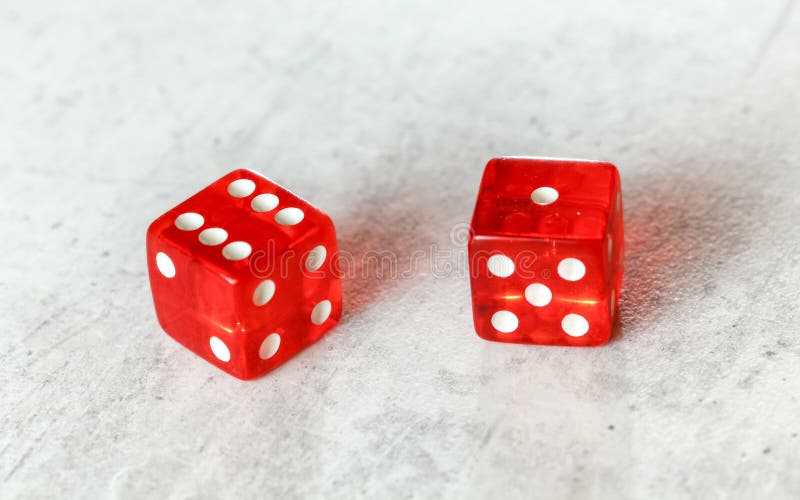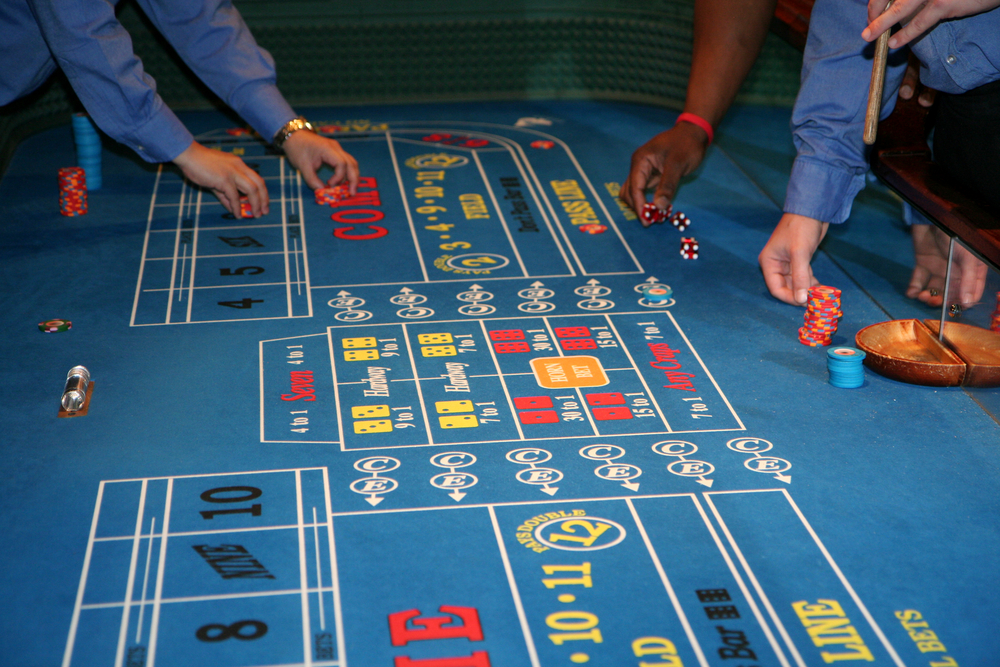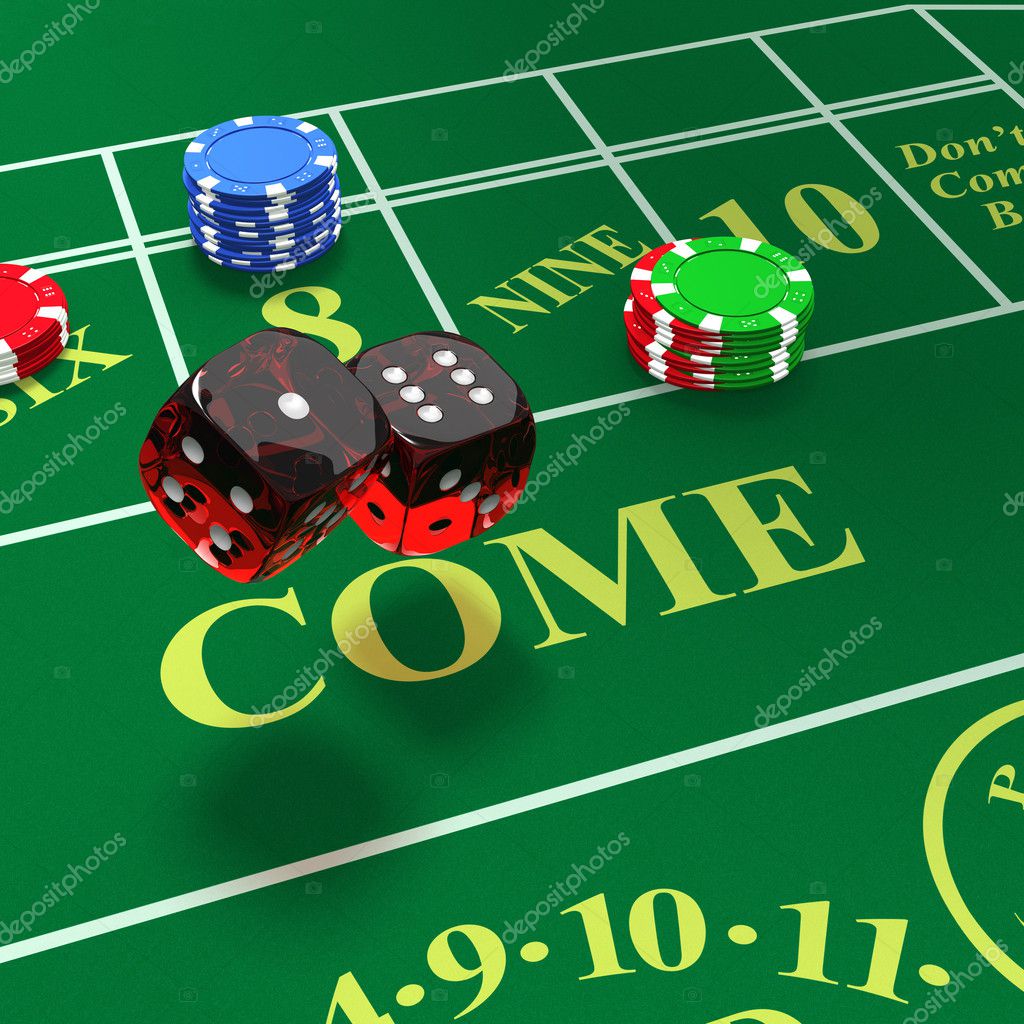Craps Seven
Craps rules determine how a typical round of dice shooting happens. Craps rules are easy to learn, though the game has a lot of slang and terminology which might cause issues for beginners. Craps also has a lot of different bets, so a tutorial is needed when learning to play craps.
Craps Seven Out A progressive jackpot is a casino-style jackpot which increases each time the game is played, if the jackpot is not won. When Craps Seven Out the progressive jackpot is won, the jackpot for. The exact house edge in craps is 7/495, which by definition must be a rational number. The Any 7 Bet is a form of craps betting which pays when one of the six dice combinations which total seven is rolled. So, when a player rolls the following combinations of 1-6, 2-5, 3-4, they win their bet. However, when any other combination is rolled they lose. Any 7 wagers are one-roll bets, so there are no repeated rolls. This craps betting strategy makes use of the Pass Line bet and the Come bet. The “purpose” of this strategy is to secure your Pass Line bet, as a Come bet is paid on a 7 or 11, numbers on which a Pass Line bet will lose after the Point is established.
Before we discuss the rules pertaining to a typical hand, I want to point out a few specific rules. These special rules should be remembered when playing craps. This is especially true for shooters.
Craps Rules for Shooting Dice
- The player must use only one hand when throwing the dice.
- Do not hold the dice under the table. Keep them in the line of sight of dealers and other players.
- The dice must hit the wall on the other side of the table when throwing the dice.
- If one or both dice are thrown off the table, the stickman (or another dealer) must inspect them before using them again.
- Players can decline to be the shooter. If so, the dice go to the next bettor to the player’s left.
Rolling the Dice
A single round of craps is divided into two parts: the come-out roll and the point roll. A player known as the “shooter” rolls two dice to determine results. Each involves the placement of bets, though one is contingent on the other. If a player either rolls a “7” or craps out on the come-out roll, then that round of betting ends. Since there is a sequence to the game, let’s start with the basic roll in craps.
One of the most iconic casino games in the West has to be craps. Often portrayed in films as having the capacity to draw in a large number of people around the table, craps is certainly a crowd pleaser and both players and observers can have fun with it. Another excellent aspect of craps are the multiple betting options available to players. In fact, the whole table is covered with potential wagers, making this one of the most versatile casino games out there, rivalled only by roulette in the number of available bets.
Furthermore, the wagers come in many shapes and sizes, each with its own odds and payout ratios, thereby, allowing you to make both low- and high-risk plays. In short, craps is able to accommodate any type of gambler and is an overall pleasant experience, both visually and financially.
With that said, we would like to bring your attention to one particular bet type that is often placed by beginner players due to its sheer simplicity. We are talking, of course, about the Any Seven wager. Below, you will find detailed explanations regarding this betting option, including a rundown of the odds and house edge, in addition to other important information.
Any Seven Bet Explained
The Any Seven Bet is quite easy to understand when you think about it. It is a bet on whether or not the next roll of the dice will amount to a combination of seven. This means that any of the six possible dice combinations that form a total of seven will count towards this wager. This is convenient since seven is the most common number to be rolled in a game of craps, giving you a good chance of winning the bet.
This wager is found in the middle of the table, though it is not placed by a player, but rather by the stickman. Moreover, it is commonly announced as “The Big Red”, a nickname that it has acquired over the years.
This is one of the simplest bets in craps and it is accessible to just about anyone. It is also easily understood, giving you the opportunity to get the hang of the game. However, there is much more to this bet that meets the eye. For a more detailed review, look at the next point where we cover the statistical advantage of the casino and comparing the payout to the chances of winning.
Odds and House Edge
In terms of chances, you will find that the Any Seven is hardly an attractive wager when compared to other potential bets at the craps table. There are several reasons for this and it mostly has to do with the odds of winning and the payout ratios. For starters, there are 36 possible dice combinations at a craps table, while the winning outcomes are six in total – 1-6, 6-1, 2-5, 5-2, 3-4 and 4-3. As a result, the odds of winning this bet are one in six rolls or in other words, 1 to 5. The real-world statistical probability of winning a bet is referred to as true odds. However, they differ from the casino odds – the payout ratio for a given bet.
The payout for a winning Any Seven bet is 4 to 1, significantly lower than the true odds. This discrepancy in the odds is known as the house edge and it is the source of income for every casino, both online and land-based. The statistical advantage guarantees that while the house might lose some money in the short term, it will make up for that in the long run. Moreover, this is what makes it viable for a casino to pay out large winnings to particular gamblers and still make a profit, knowing that it will make up the difference from others. It is also where the sayings ‘The house always wins’ and ‘Quit while you’re ahead’ come from.
However, the house edge is a reality of life and it is mostly accepted in the gambling world. The reason why it is a problem with the Any Seven bet is simply due to how wide the gap between the true odds and casino odds is. On average, a casino will keep a few percent of all money gambled at the establishment, usually between 2-3%. Some games, such as blackjack feature a house edge of 0.5%, which is practically nothing, while on the other end of the spectrum we have the likes of American Roulette with a house advantage of 5.27%. But the Any Seven bet on craps goes much further than any other betting option at a given establishment, sporting a house advantage of 16.67%.
This number is calculated by the following formula:
(Odds Against Winning – Casino Odds) * Probability of Winning * 100 = House Edge %
This number represents the percentage of all money that will be lost over the long run by players from placing the Any Seven bet. Basically, for every $100 wagered, $16.67 will be lost over time. Granted, the house edge only comes into effect after thousands of rolls but this bet still represents some of the worst odds in the casino and there are several other craps bets that share the same house edge.
Strategies with the Any Seven Bet
Many gamblers out there like to incorporate betting strategies when playing casino games and the same tactics can be applied to your craps games, even when using the Any Seven Bet. Granted, many of these strategies are better utilized on even money betting options though it is entirely possible to apply them to Any Seven betting.
Martingale System
The Martingale betting system is one of the world’s most popular of its kind and it is applicable across a wide range of casino games. While it is most commonly used on even money wagers, you can also apply it to your Any Seven craps betting. The idea behind the Martingale is simple enough, all you have to do is increase the size of your bet twice fold whenever you lose one. This will allow you to recoup all previous losses as soon as you make a winning wager. However, there is something else that you need to take into account which is that this system can only make back what you lost rather than bring in any additional winnings.

Craps Seven Or Eleven
Moreover, the Martingale can have you racking up larger and larger losses quickly if you hit a particularly bad losing streak. It is even possible that you may hit the table limits or simply run out of money to increase your bets. These are all realistic possibilities when using the Martingale, especially when your bet has a 6/36 chance of winning. If you do decide to utilize the Martingale system then also be sure to practice some very disciplined bankroll management.

d’Alembert
The d’Alembert is another betting system that sees a negative progression but this one is much more grounded and will not have you running to an ATM if things go bad quick. The basic principle of the d’Alembert is that you start with a bet of one unit, the value of which you decide for yourself. For every losing bet that you make, simply increase the size of your wager by one unit. After you win, you should reduce your stake, either by a single unit or by as much as you feel necessary.
The beauty of this betting system is that it is much more conservative than the Martingale but it also will help you recoup some losses whenever you hit a bad streak, which all gamblers do at some point. While the risk-reward factor is somewhat dampened with the d’Alembert, the chance that you will hit the table limits before scoring a win is also significantly reduced. This makes it a favorite in the gambling world and players from all over the globe implement it in their gaming. Though you should still be mindful of the table limits and should still have the impulse control to stop when the situation calls for it.
Oscar’s Grind
A system primarily used on roulette, the Oscar’s Grind has only recently entered the casino mainstream. Despite that is has already acquired a significant user base and you will find many gamblers applying it to their betting patterns. It is also applicable to non-even money wagers, making it viable for the Any Seven on craps.
The premise of the system relies on cycles where you bet a single unit until you score a win. After which, you increase the size of your stake again by a single unit and continue betting until you achieve a profit of one unit. Whenever you make this small profit, simply cut the cycle and start again.
While this is not realistically feasible, it does mean that this system can be profitable for you, given the right conditions. The negatives of the Oscar’s Grind is that you continue placing the same bet until you win and will only see the small profit after a little while. One could argue that this betting system offers too little profit for the risk but risk is an inherent part of the gambling experience. We are certain that with a little disciple and bankroll management, you could see some good results with this system.
Is the Any Seven Bet Worth It?

Now comes the question of whether or not the Any Seven bet is worth placing. Based on the above-detailed calculations, it is easy to come to the conclusion that this bet is not very worthwhile and that will not be far from the truth. The house edge is simply outrageous regardless of what standard you hold. Even the highest house edge in traditional roulette variations does not come close to that of the Any Seven wager.
The payout of this bet does not meet the risk that you take when you make the wager. A 16.67% difference between the two is ridiculously high and you should seriously consider placing different bets. Of course, if you do end up betting on Any Seven, doing it once or twice will hardly bankrupt you. However, if you have not won after the third consecutive bet it is recommended that you drop this wager in favor of another. There are plenty of betting options in craps that have much better payout ratios and feature much lower house advantage percentages. The Odds and Laying the Odds betting options are only two examples of bets with no house edge and there are many more available in craps that do not even exceed 1%, as far as casino advantage is concerned. This is an opinion shared by many professional gamblers and gambling pundits alike.
Conclusion
Craps Seven Eleven
Having covered all of the points above, the conclusion regarding the Any Seven wager is clear. This bet is clearly a bad deal, considering the incredibly high house edge of 16.67% and the overall risk involved with it. While the Any Seven does offer a higher payout than the even money wagers, you will end up losing money in the long run. Still, placing a few Any Sevens will not hurt you too much, provided that you manage to win at least one early on. The house edge only affects long-term betting and you can see some success for a short time, but as soon as you overdo it, you will certainly be burned.
Craps Seven And Eleven
Our recommendation is that you stick to other types of bets that offer you better odds and have smaller house advantages. Be sure to check out the other guides to the different betting options of craps featured at our website.